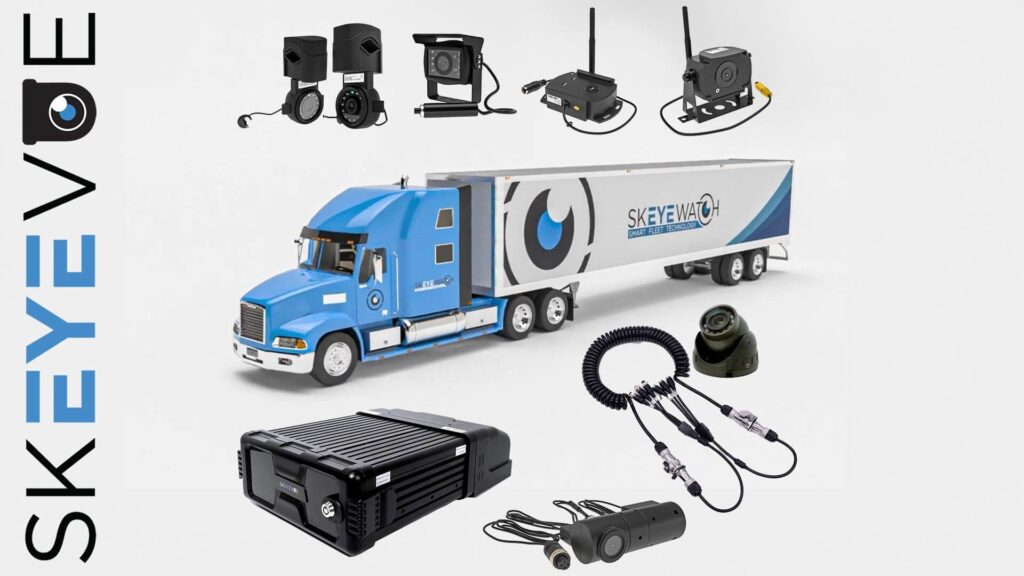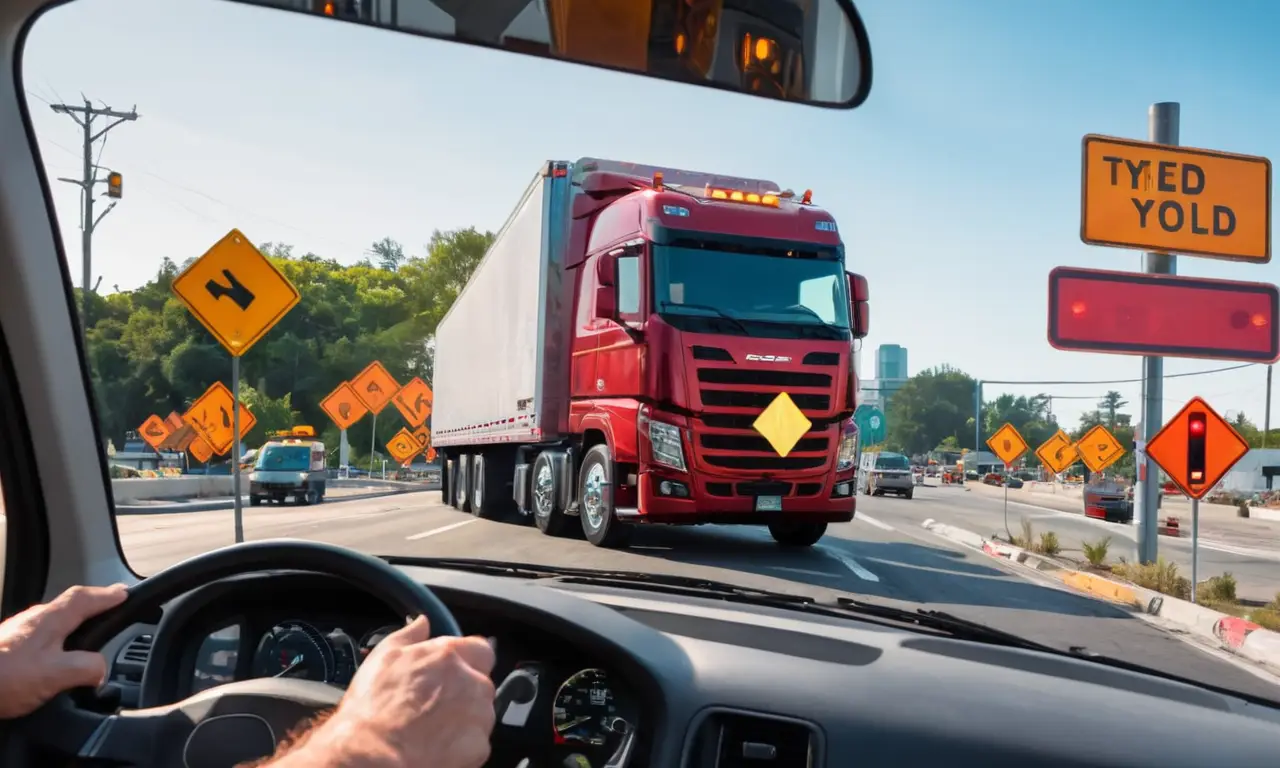
The trucking industry plays a vital role in our global economy, transporting goods across vast distances. However, the sheer size and maneuverability of semi-trucks pose significant safety challenges. To mitigate these risks, advancements in technology have led to the widespread adoption of backup cameras on semi-trucks. These cameras provide drivers with an enhanced view of their surroundings, particularly when reversing, significantly improving overall safety.
This article delves into the world of semi truck backup cameras, exploring their functionality, safety benefits, and the federal regulations governing their use. We’ll examine how these cameras enhance driver visibility, prevent accidents during maneuvering, and contribute to a safer environment for both drivers and those sharing the road.
Semi Truck Backup Cameras
Semi truck backup cameras are specialized systems designed to provide drivers with a clear view of the area behind their vehicle. These cameras typically consist of a camera unit mounted on the rear of the truck and a monitor located within the cab. The camera captures video footage, which is then transmitted to the monitor, allowing the driver to see what’s behind them in real-time.
Modern semi truck backup cameras often feature advanced functionalities such as night vision, wide-angle lenses, and multiple viewing angles. Some systems even incorporate sensors that detect objects in the vicinity of the truck, providing audible or visual warnings to the driver. These features further enhance safety by minimizing blind spots and alerting drivers to potential hazards.
Safety Benefits of Backup Cameras

The implementation of backup cameras on semi-trucks has yielded significant safety benefits, reducing accidents and injuries associated with reversing maneuvers. By providing drivers with a clear view of their surroundings, these cameras eliminate blind spots and allow for more precise maneuvering. This is particularly crucial in tight spaces such as loading docks, parking lots, and urban environments where visibility can be limited.
Studies have shown that backup cameras significantly reduce the risk of accidents involving pedestrians, cyclists, and other vehicles during backing operations. The enhanced visibility provided by these cameras allows drivers to identify potential hazards more readily and react accordingly, preventing collisions and minimizing injuries.
Federal Regulations on Backup Cameras
Recognizing the importance of safety in the trucking industry, federal regulations mandate the use of backup cameras on new commercial motor vehicles, including semi-trucks. These regulations, enforced by the Federal Motor Carrier Safety Administration (FMCSA), aim to enhance driver visibility and protect vulnerable road users.
The FMCSA’s rule requires that all new semi-trucks manufactured after June 16, 2017, be equipped with a functional backup camera system. This system must provide a clear view of the area behind the truck, extending at least 20 feet to either side and 10 feet directly behind. Additionally, the regulations specify requirements for the placement, functionality, and display of the camera footage on the monitor within the cab.
Importance of Driver Visibility

Driver visibility is paramount in safe driving practices, particularly when operating large vehicles like semi-trucks. Limited visibility can lead to accidents, injuries, and property damage. Backup cameras play a crucial role in enhancing driver visibility by eliminating blind spots and providing a clear view of the area behind the truck.
By allowing drivers to see what’s behind them, backup cameras enable them to maneuver more safely and confidently. This is especially important when backing up, as it reduces the risk of collisions with pedestrians, cyclists, other vehicles, or stationary objects. Enhanced visibility also contributes to overall situational awareness, allowing drivers to anticipate potential hazards and react accordingly.
Preventing Accidents During Maneuvering
Maneuvering a semi-truck can be challenging due to its size and weight. Backing up in particular requires precise control and careful attention to surroundings. Backup cameras are instrumental in preventing accidents during these maneuvers by providing drivers with the necessary visibility to execute safe and controlled movements.
When backing up, drivers can rely on the camera footage to monitor their surroundings, identify potential obstacles, and adjust their course accordingly. This eliminates guesswork and reduces the risk of collisions. Furthermore, backup cameras often incorporate features such as object detection sensors that alert drivers to hazards in their path, providing an additional layer of safety during maneuvering.
Conclusion
The implementation of backup cameras on semi-trucks has revolutionized safety within the trucking industry. These systems provide drivers with enhanced visibility, enabling them to maneuver more safely and confidently, particularly when reversing. Federal regulations mandating the use of backup cameras on new commercial motor vehicles underscore their importance in protecting both drivers and vulnerable road users. As technology continues to advance, we can expect further improvements in backup camera systems, leading to even safer roads for everyone.
